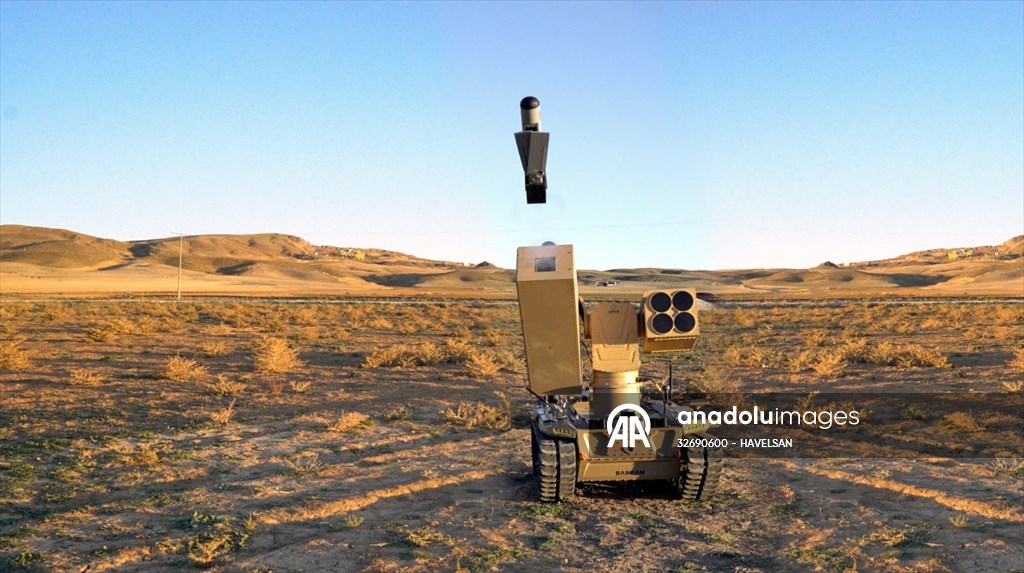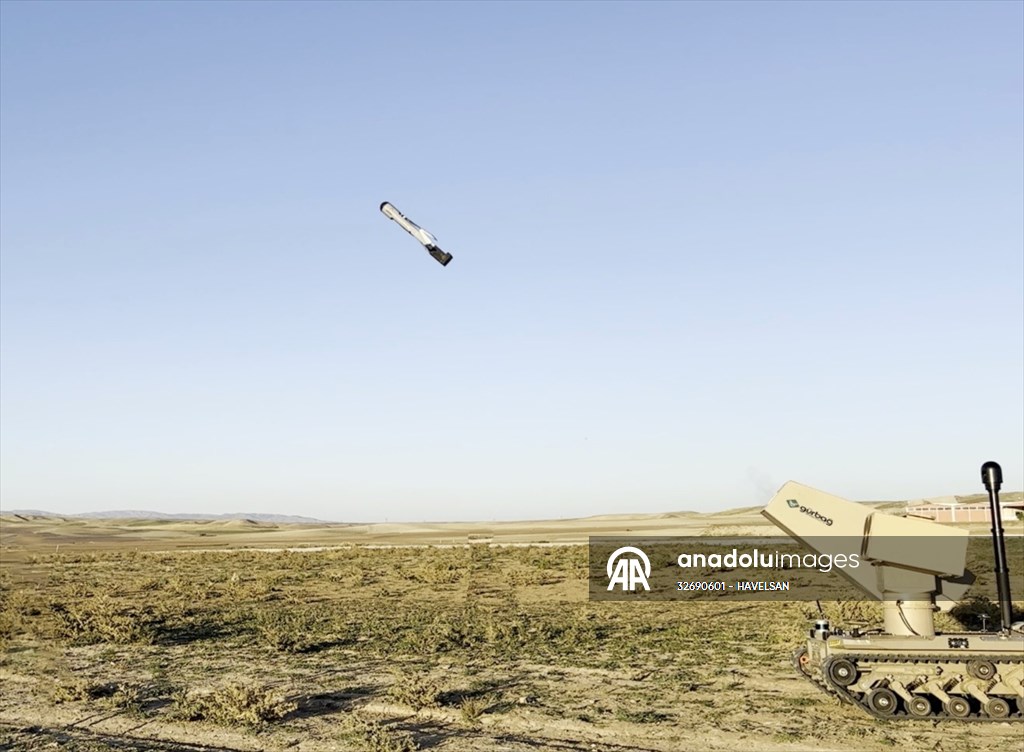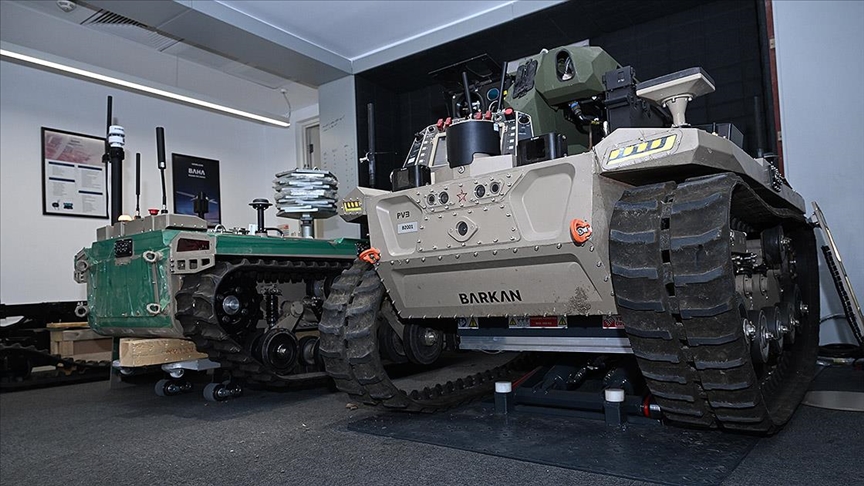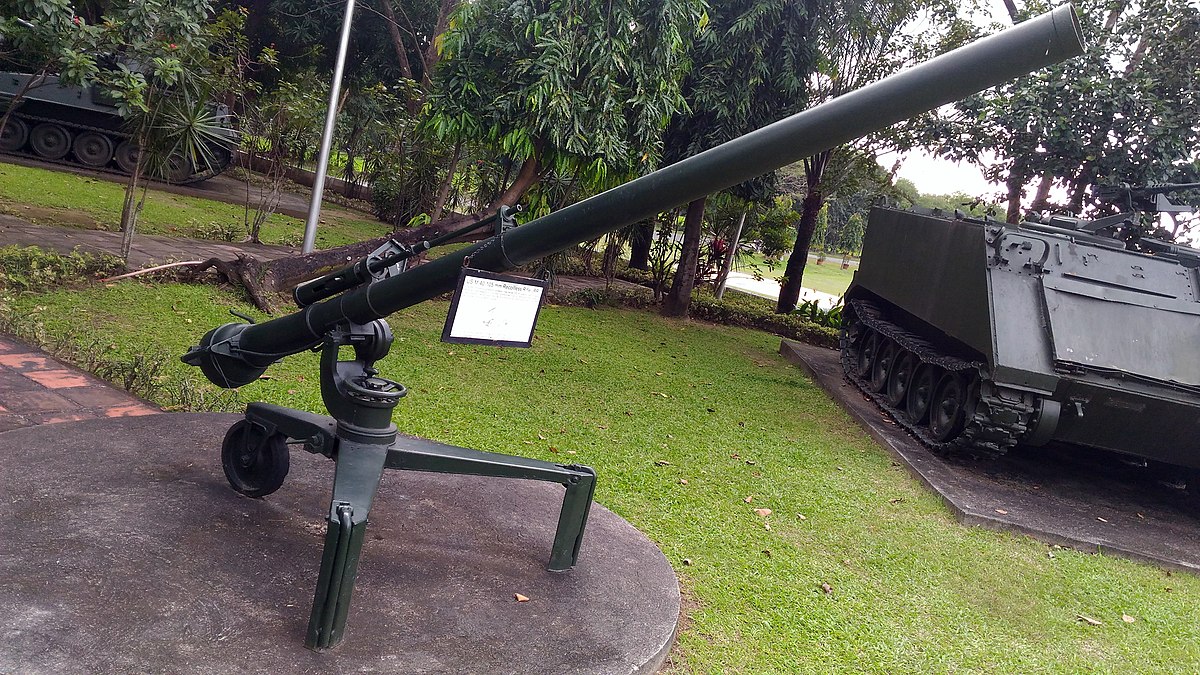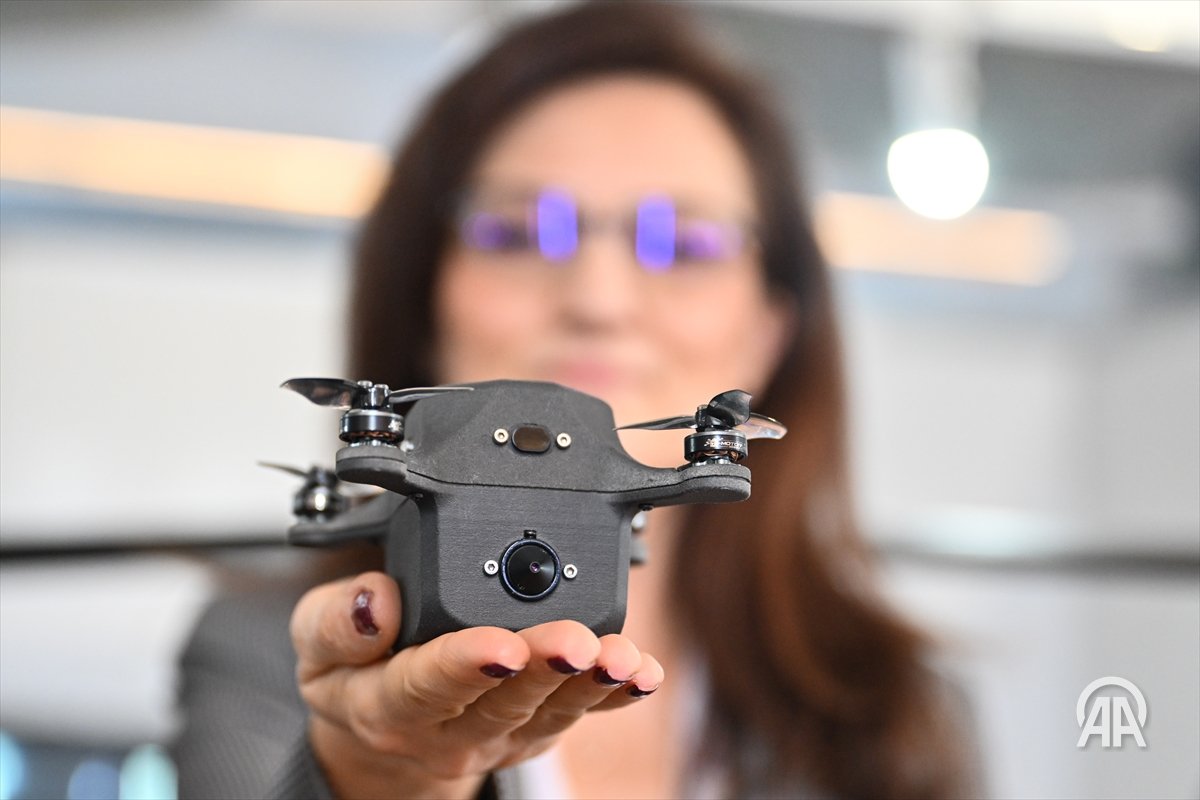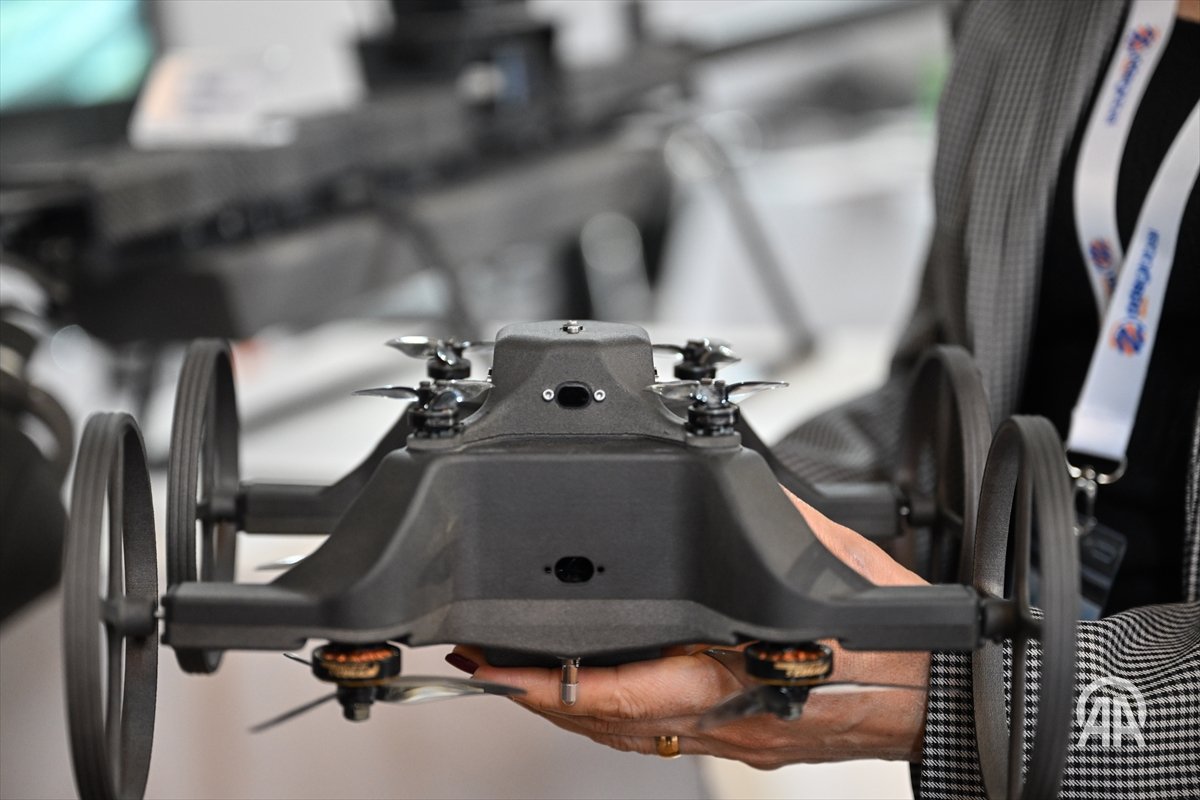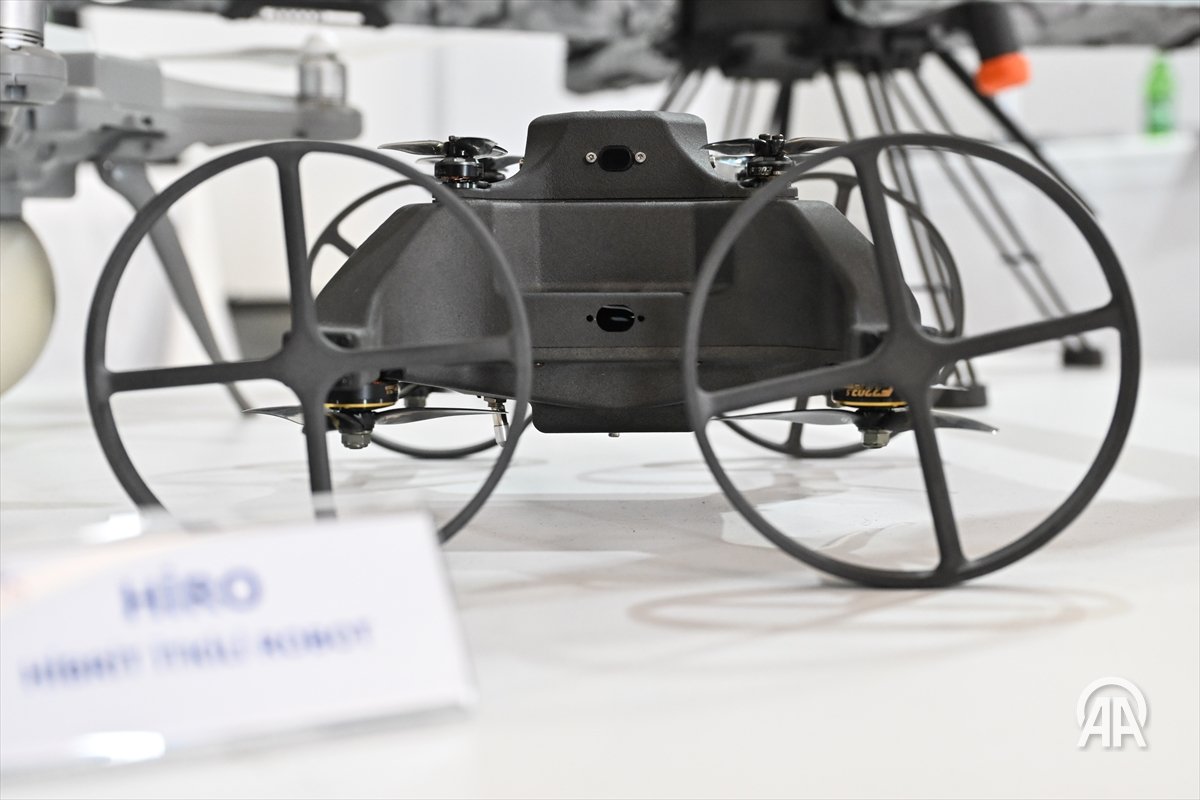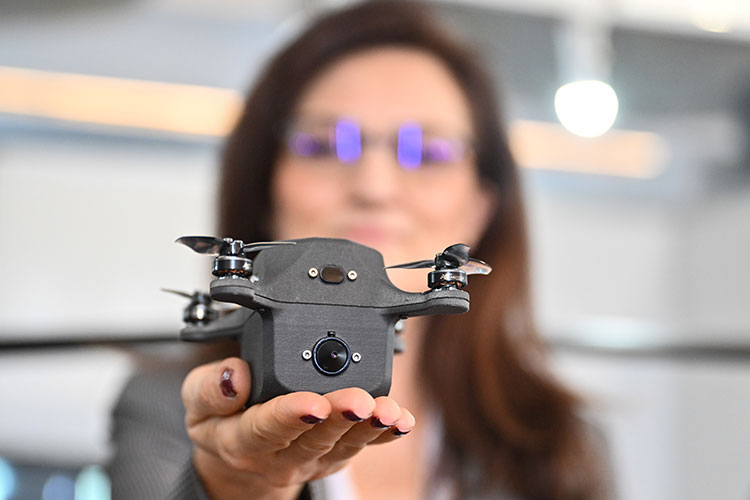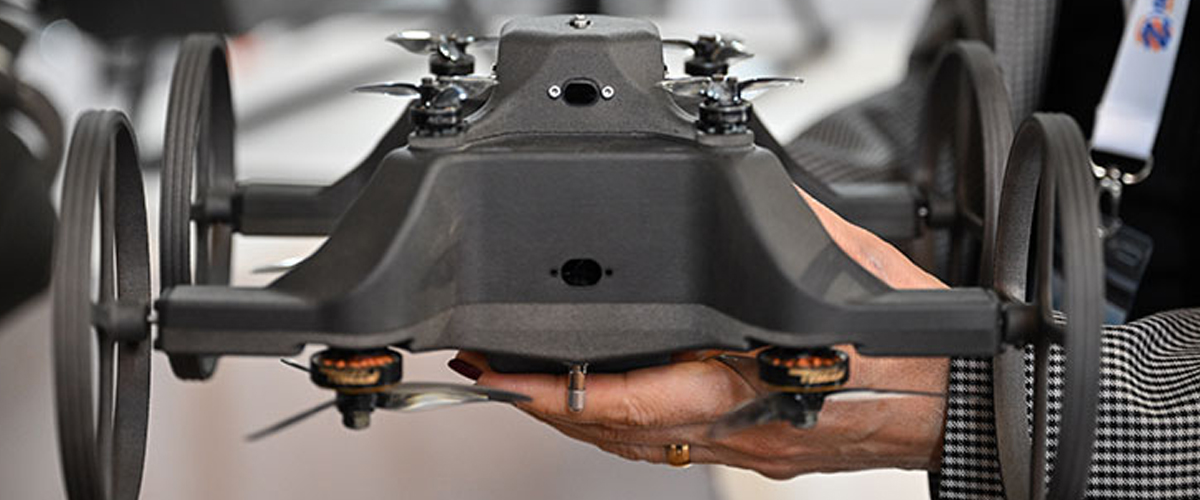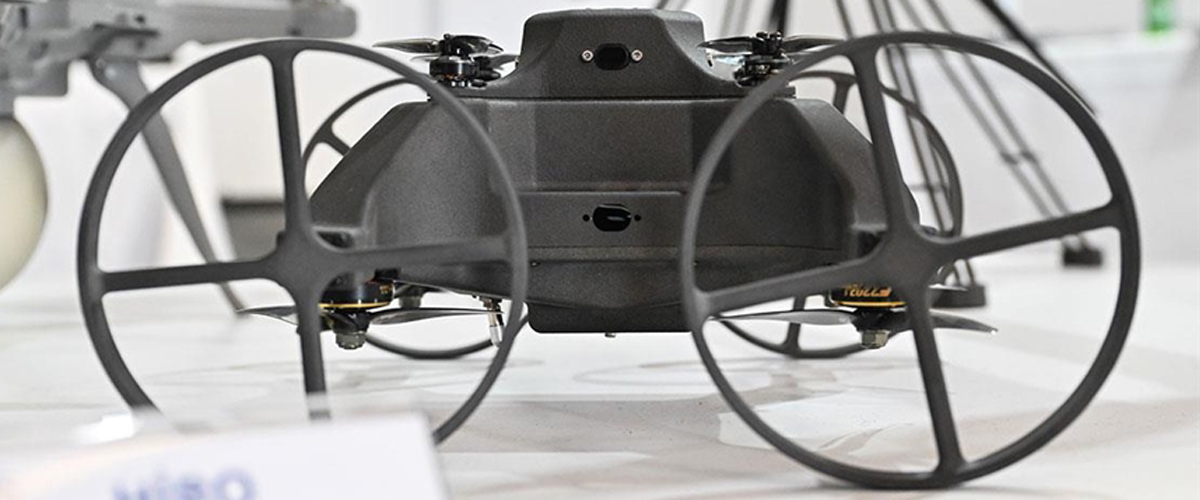Kamikaze UAV was fired from an Unmanned Ground Vehicle for the First Time in the Turkish Defense Industry
Kamikaze UAV was fired from an Unmanned Ground Vehicle for the First Time in the Turkish Defense Industry
According to the information received by the AA correspondent, HAVELSAN, which offers the unmanned autonomous ground vehicle BARKAN to the security forces, continues its efforts to provide new capabilities to the vehicle.
During the year, ROKETSAN's guided mini missile METE was fired from the BARKAN 1 vehicle, while this time, kamikaze ammunition was fired from BARKAN 2 for the first time. BARKAN became the first in its class with the integration of loitering ammunition, also known as the "kamikaze unmanned aerial vehicle (UAV)".
BARKAN is a system with two hydrogen-supported launchers (one launcher is a laser-guided system, one launcher is a wandering ammunition) connected to a single tower and can be fired at the same time, while performing tasks and activities in an area with a radius of 2 to 15 kilometers. Gürbağ Defense's ammunition for reconnaissance, surveillance and kamikaze purposes The shot was made successfully.
Firing this type of ammunition and multiple launchers from a single tower via an unmanned ground vehicle is considered a first in the international arena.
The fired kamikaze ammunition can reach a range of 15 kilometers with an electric propulsion system, a flight altitude of 3000 meters and an airtime of 40 minutes.
BARKAN, which entered the Turkish Armed Forces inventory in recent months, can quickly integrate different payloads thanks to its modular structure.
Preparation for the battlefield of the future
HAVELSAN Product Development and Production Director Veysel Ataoğlu told the AA correspondent that they delivered the BARKAN unmanned ground vehicles, which they developed in the Medium-1 category, to the Turkish Armed Forces within the scope of the project carried out by the Presidency of Defense Industries.
Stating that they carried out training with the vehicle in the field, Ataoğlu stated that they expect mass production demands to come at the end of this process.
Explaining that they increased the mobility of the BARKAN 2 vehicle, Ataoğlu stated that they integrated different payloads into the vehicle.
Stating that they have finally integrated the BARKAN launcher system that can operate in an area with a radius of 2 to 15 kilometers, Ataoğlu said, "We have completed our firing and testing activities. The payload, which we call circulating ammunition, can be used as a swarm and can be integrated with other systems, making the work of the soldiers in the field easier, like a pioneer unit of the force." "We are carrying out trial studies for an application that can play a role. We integrated this system into our vehicle in cooperation with Gürbağ Defense." said.
Emphasizing that they are trying to create the battlefield concept of the future by integrating these and similar systems into the Mixed Swarm Operations Center they developed, Ataoğlu stated that they evaluated a number of products of different companies in this context and completed the integration activities.
Ataoğlu said:
"As HAVELSAN, we will take the concept of 'a stronger army, a stronger Turkey' further in our 100th year with these capabilities that we will bring to our force.
'For the first time on international platforms, ammunition was fired from a Medium-1 class unmanned ground vehicle.' we can say. We continue to work on integrating different types of payloads into our BARKAN vehicle, which has a modular structure. Our main goal here is to better use HAVELSAN's software capabilities on this platform and to highlight these software capabilities. We have original autonomy and original autopilot studies and we integrate them into our unmanned systems. "These unmanned systems will be used as a pioneer unit of the Turkish Armed Forces in the future, and it is a pleasure for us to bring this capability to the force."
Stating that all these capabilities showed themselves in the field on the 100th anniversary of the Republic, Ataoğlu emphasized that they will continue to work with platform manufacturer subcontractors to further develop them, and new ones will be added to the existing solutions. Ataoğlu said, "Our goal is to make our mark with our unique products in what we call the battlefield of the future." he said.
Will be part of the "mixed herd"
Pointing out that the circulating ammunition can also be equipped with swarm capabilities, Ataoğlu said that they aim to increase deterrence by taking advantage of this ability in the "mixed swarm" concept. Ataoğlu said, "We have reflected the concept of using all systems as a swarm, both on land, in the air and at sea, on the field. The second aim here is to ensure that 8-10 ammunition can be fired at the same time, becoming a swarm in the air and being able to operate at the same time with our other unmanned vehicles." shared his knowledge.
Stating that they were able to integrate heavier weapons into BARKAN 2 because it has become a little wider, larger and its mobility has increased, Ataoğlu said, "Our main goal is its autonomous capability, rather than its integration into the weapon. It can carry out the task given in the field without any user interface or user. That is, "To add autonomous capability, which is HAVELSAN's main mission, to these vehicles. We are also in negotiations to implement this autonomous capability in vehicles produced by other companies." said.
It will make a difference with the weapon type
Explaining that they are working on enabling the vehicle to use different weapon systems at the same time, Ataoğlu stated that in this way, it can be used with several types of weapons without depending on a single weapon.
Ataoğlu stated that their tests showed that the capabilities of the weapon system and the vehicle overlap with each other, and stated that final solutions will emerge according to future demands and will be presented to the field.
Veysel Ataoğlu mentioned that there are some projects they are carrying out with the Presidency of Defense Industries for the use of circulating ammunition in different concepts with swarm capability, and said, "We will actively use this weapon in one of our projects. Our only deficiency is that they can be fired as a group on the weapon and can function as a swarm. This also includes "We have started using this capability on our unmanned vehicles in a short time." he said.
Türk savunma sanayisindeki insansız kara aracı ve dolanan mühimmat yeteneklerinin bir araya getirildiği yeni bir başarıya imza atıldı. - Anadolu Ajansı

www.aa.com.tr




